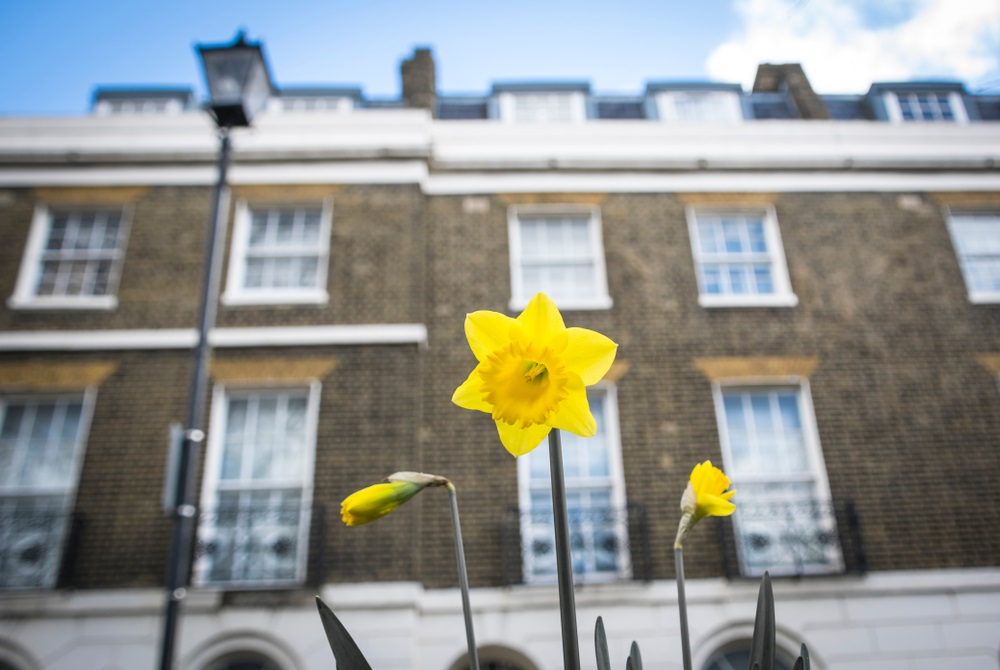House prices increased for the fifth month in a row, rising by 0.4% in February, according to Halifax.
 Over the last year property prices grew by 1.7% elevating the average house price to £291,699 – which is £1,091 more than last month.
Over the last year property prices grew by 1.7% elevating the average house price to £291,699 – which is £1,091 more than last month.
Kim Kinnaird, director, Halifax Mortgages, said the data offered further evidence of a a relatively stable start to 2024. She said it aligned with other promising signs of increased housing activity, such as mortgage approvals.
“In fact,” she said, “the average price tag of a home is now only around £1,800 off the peak seen in June 2022.”
But Kinnaird remained cautious about how the property market would develop this year. “While it is encouraging that we’ve seen growth in recent months, what happens next remains uncertain,” she said.
“Although lower mortgage rates, alongside expectations of Bank of England interest rate cuts this year, should help buyer confidence in the short term, the downward trend on rates is showing signs of fading.
“Even with growing wages and inflation falling back, raising a deposit and affording a sizeable mortgage remains challenging, especially for those looking to join the property ladder, so it remains a possibility that there could be a slowdown in the housing market this year.”
Which regions have shown the biggest house prices rises and falls?
According to Halifax, Northern Ireland was the strongest performing nation or region in the UK. Here, house prices increased by 5% over the past year to give homes an average price tag of £195,956 – £9,359 more than in February last year.
The North West of England experienced house price growth of 4.4%, elevating a typical house in value to £232,128. The North East saw house prices rise by 4.2% annually and in Wales they rose 4.1%.
London remains the location with the biggest property price tags – averaging £536,996 according to Halifax. The capital also experienced its first increase in annual growth with prices rising 1.5% since January 2023.
Meanwhile, the area experiencing the biggest dip in house prices was Eastern England where homes sell for an average of £329,927 – a 0.8% fall of £2,794 since the same time in 2023, Halifax reported.
Mortgage rate uncertainty
Karen Noye, mortgage expert at Quilter, said the drop in mortgage rates at the start of the year had helped drive up house prices in February. But with mortgage prices now on the rise again, she wondered how this might impact housing values.
“Part of the reason behind this resilience is that lower mortgage rates have helped to draw buyers to market evidenced by a 2% increase in transactions up to 82,000 from 80,500 in December 2023,” she said.
“However, there has been some increases in mortgage rates in recent weeks as a result of swap rates being higher which could dampen this newfound demand.
“But even a small increase in demand coupled with the huge lack of housing supply in the UK means that prices naturally increase due to the laws of supply and demand. This continues to shut out first time buyers from the market.”














